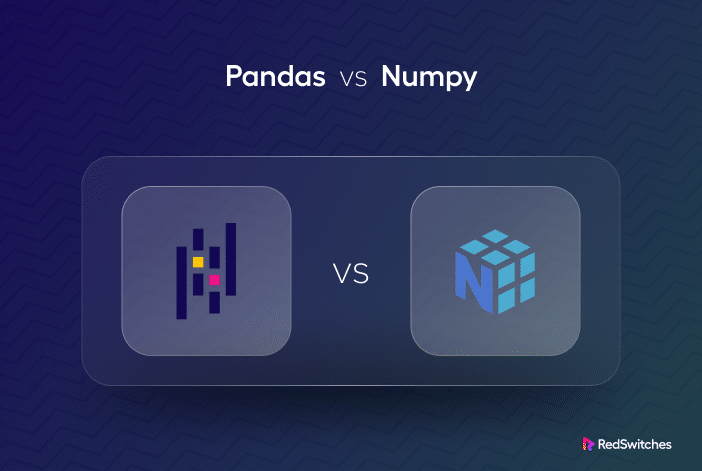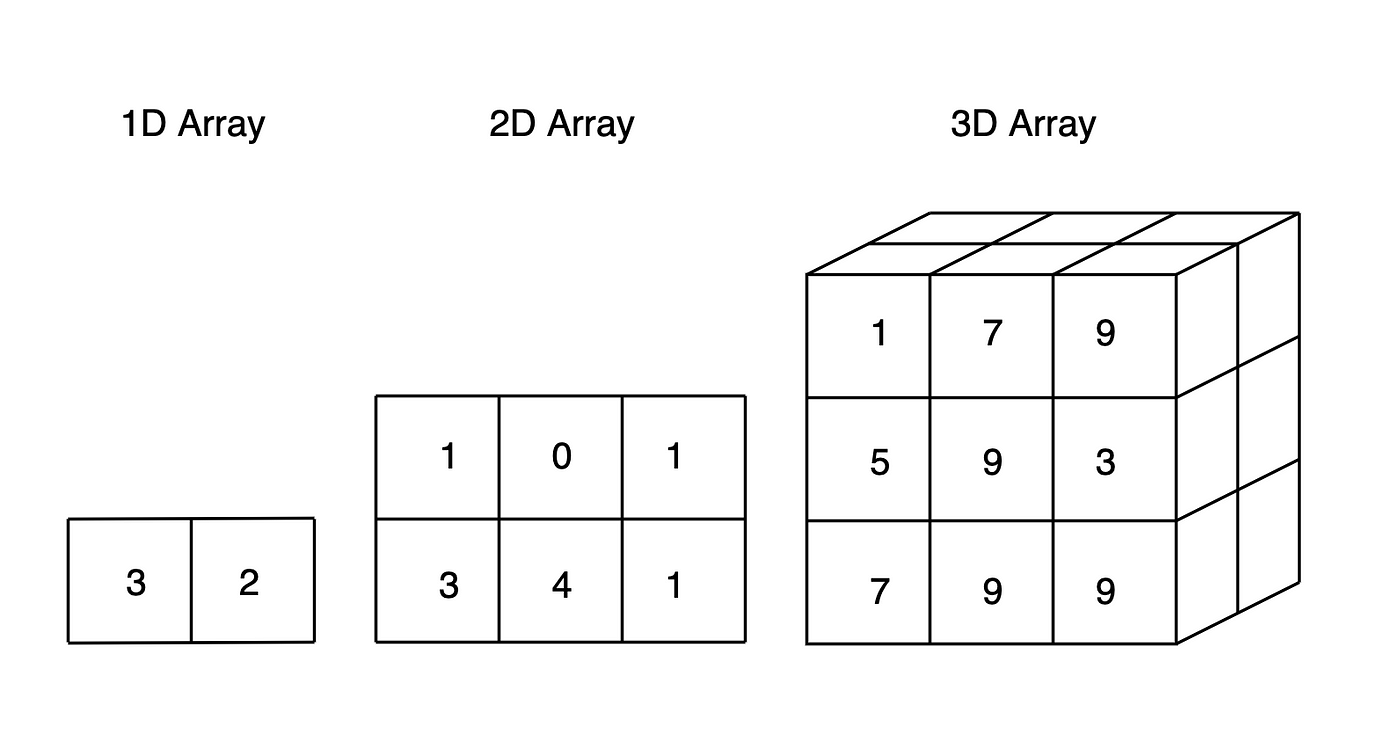
Efficient Memory Utilization: The data structures in NumPy consume less space. Thanks to the array's homogeneity and other internal optimizations, memory usage is minimized. 3. C Library Underpinnings: NumPy is built on C, which allows it to run computations much faster than Python's native list operations.Because np. dot executes the actual arithmetic operations and the enclosing loop in compiled code, which is much faster than the Python interpreter.As the array size increase, Numpy gets around 30 times faster than Python List. Because the Numpy array is densely packed in memory due to its homogeneous type, it also frees the memory faster.

Why NumPy is better than list : There are two main reasons why we would use NumPy array instead of lists in Python. These reasons are: Less memory usage: The Python NumPy array consumes less memory than lists. Less execution time: The NumPy array is pretty fast in terms of execution, as compared to lists in Python.
Why is NumPy so powerful
Benefits of NumPy
NumPy's powerful N-dimensional array object integrates with a wide variety of libraries. NumPy arrays can execute advanced mathematical operations with large data sets more efficiently and with less code than when using Python's built-in lists.
Is Python NumPy faster than C++ : If you do much work directly in Python, then I would expect the NumPy version to be quite a bit slower. C++ provides facilities for optimizing programs at compile time that could result in significant speedups. You may need to structure your program differently than you would in NumPy to get the best performance.
Why NumPy is Faster NumPy is fast because its core is based on a highly optimized C implementation. Pandas is built on top of NumPy. That's why it claims the second spot behind NumPy itself and evidently before standard Python data structures (e.g. lists) in the previous exercise.

But the other big reason NumPy is fast is because it provides ways to work with arrays without having to individually address each element. This works, but its performance is hidebound by the time it takes for Python to create a list, and for NumPy to convert that list into an array.
What are the advantages of NumPy over Python
What are the advantages of NumPy NumPy is very useful for performing logical and mathematical calculations on arrays and matrices. This tool performs these operations much faster and more efficiently than Python lists. Numpy uses less memory and storage space, which is the main advantage.Despite its advantages, NumPy also has some limitations:
- Limited data types: NumPy mainly focuses on numerical data types, which can be limiting for non-numerical data processing tasks.
- Less flexible: NumPy's array structure can be less flexible compared to Python's native lists or other data structures.
The result is really stunning! Keeping at this pace, Python 3.14 will be faster than C++. To be exact, the loop time will be -0.232 seconds, so it will be done just before you want to do the calculation. There appears to be a hole in time-space continuum but these calculations are rock solid.
Python's interpreted nature, less efficient memory management, lack of runtime optimizations, and dynamic type system collectively contribute to its slower execution speed.
Is Pandas faster than NumPy : In terms of speed, the DataFrames used in pandas tend to be slower than Numpy arrays, so NumPy's speed generally outperforms that of Pandas. Generally speaking, for users who are working with homogenous, mathematical data, NumPy is a better library.
Is NumPy array faster than Pandas : In terms of speed, the DataFrames used in pandas tend to be slower than Numpy arrays, so NumPy's speed generally outperforms that of Pandas. Generally speaking, for users who are working with homogenous, mathematical data, NumPy is a better library.
What advantages do NumPy arrays offer over Python lists
Advantages of using Numpy Arrays Over Python Lists:
- Consumes less memory.
- Fast as compared to the python List.
- Convenient to use.
When compared to traditional Python list operations: Creation of Arrays: NumPy is nearly 25 times faster, showcasing the optimized memory allocation and storage mechanisms in NumPy.Despite its advantages, NumPy also has some limitations:
- Limited data types: NumPy mainly focuses on numerical data types, which can be limiting for non-numerical data processing tasks.
- Less flexible: NumPy's array structure can be less flexible compared to Python's native lists or other data structures.
Is NumPy slower than Python : If you're doing numeric calculations, NumPy is a lot faster than than plain Python—but sometimes that's not enough. What should you do when your NumPy-based code is too slow Your first thought might be parallelism, but that should probably be the last thing you consider.


